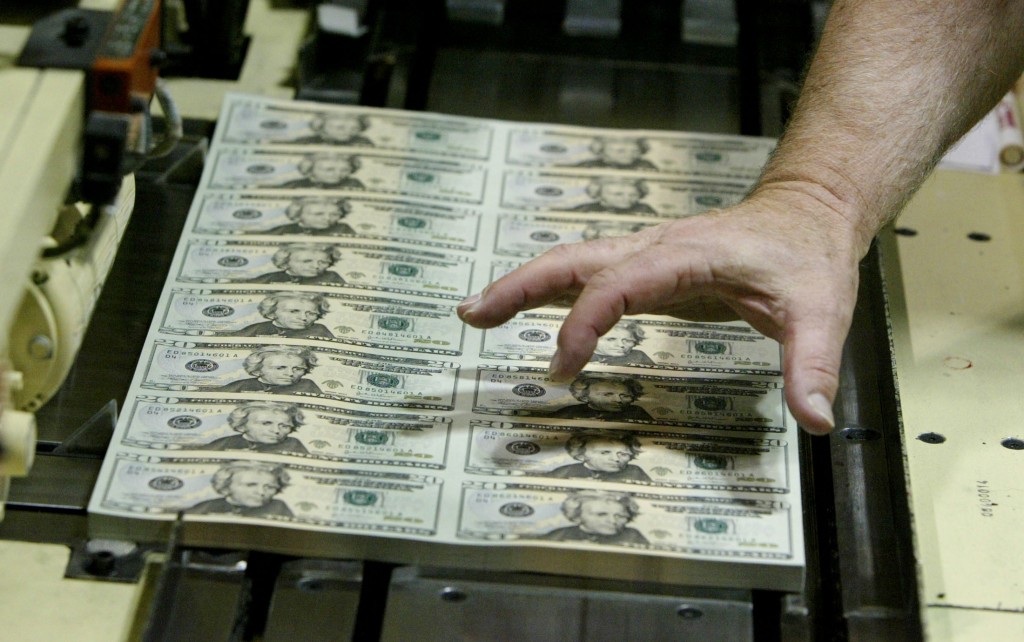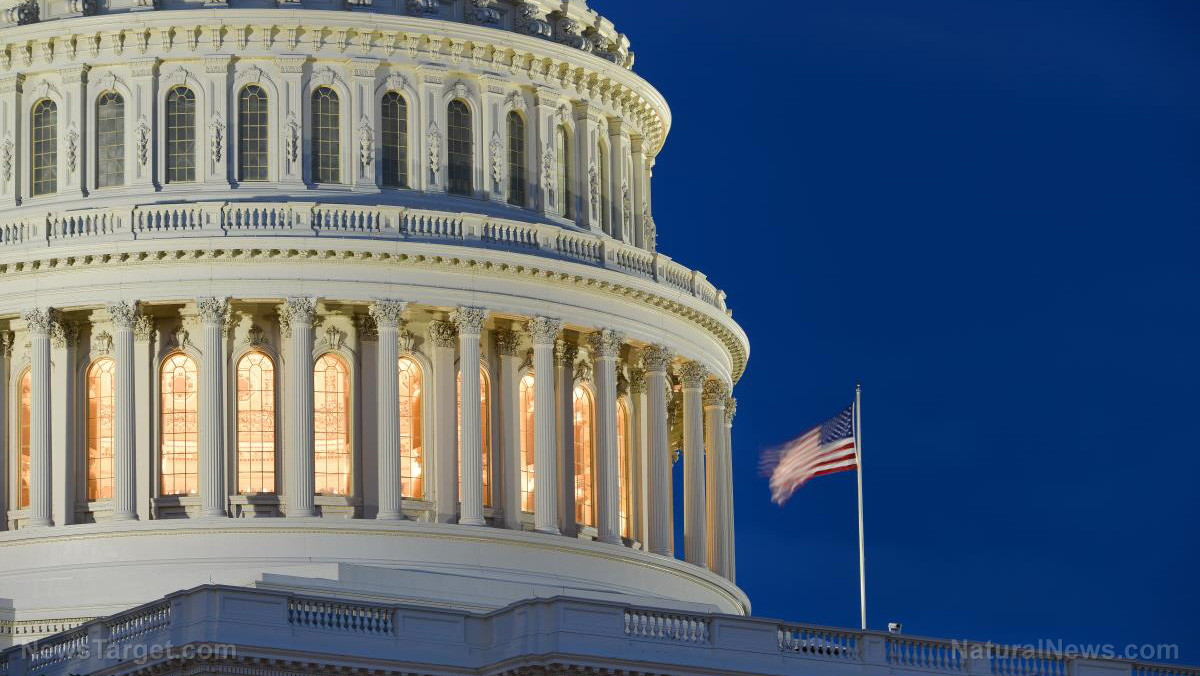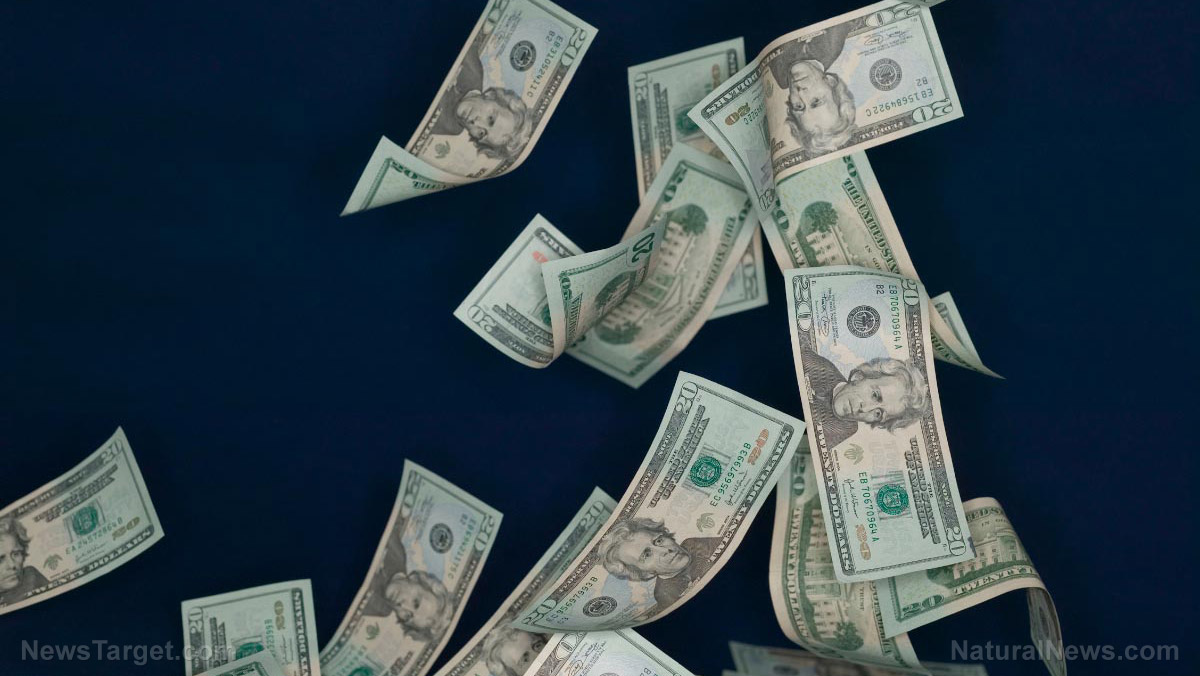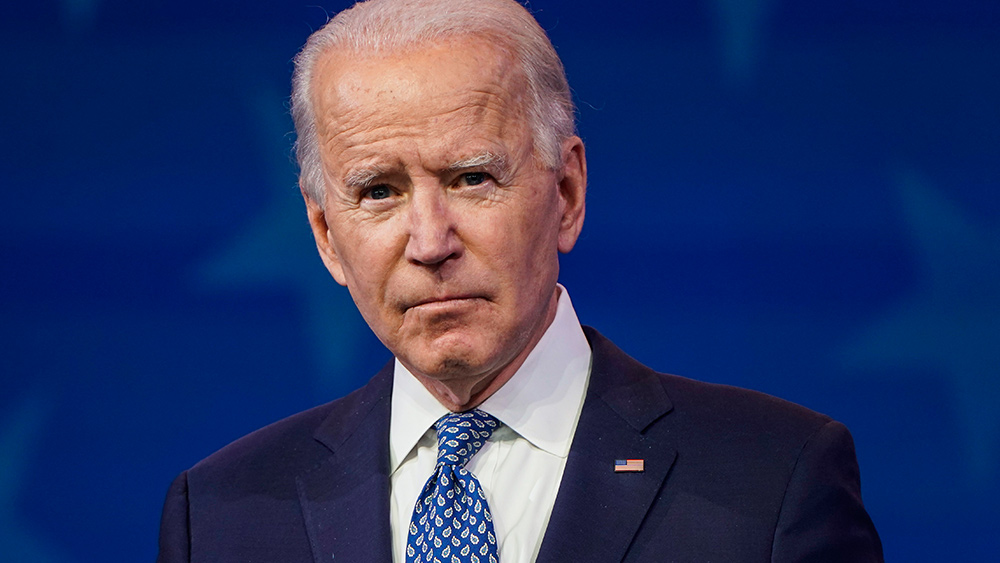US inflation hits four-decade high, consumer prices increase by 8.5%
04/18/2022 / By Mary Villareal
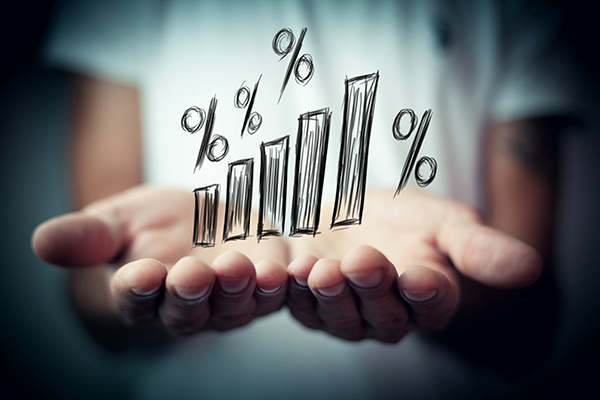
Inflation has hit a four-decade high in the United States. This means American consumers will be paying more for everything that they need, including food. From shipping prices to wholesale food costs, prices have gone through the roof.
In the 12 months that ended in March, consumer prices increased by 8.5 percent – the highest year-over-year jump since 1981, surpassing February’s 7.9 percent mark, which itself is a 40-year-high.
Even without the food and energy prices, which are highly volatile and have driven much of the price hike, inflation still jumped 6.5 percent in the past 12 months – which is the sharpest in four decades.
Consumers have also felt the inflation in their daily routines, with gasoline prices up an average of 48 percent in the past year. Airline tickets are also up 24 percent, and food such as bacon increased 18 percent.
The Federal Reserve Board didn’t expect the inflation to be this severe or persistent. In 2020, their policymakers forecasted inflation to stay below their two percent annual target and end 2021 at around 1.8 percent.
However, this wasn’t the case. In February 2021, the consumer price index was running at 1.7 percent above its level from the previous year, and the year-over-year increase just accelerated ever since.
Fed Chair Jerome Powell and others initially characterized higher consumer prices as “transitory” due to shipping delays and temporary shortages of supplies and workers as the economy rebounded from the pandemic recession faster than anticipated. However, most economists now expect inflation to remain elevated well into the next year as demands outstrip supplies in numerous areas of the economy.
Soaring gas prices still remain to be the main driver of the rise, with the gasoline index rising 18.3 in March. It accounted for over half of all the items’ monthly increases. However, as gas prices began to fall, some economists believe that inflation may have reached its peak.
The food index also rose one percent in March compared to February and is now up 8.8 percent compared to the prior 12 months. Canned fruit and vegetable prices rose 3.8 percent from February to March, rice prices rose 3.2 percent, potatoes 3.2 percent, and ground beef 2.1 percent. (Related: The Fed just guaranteed a stagflation crisis in 2022 – Here’s how.)
Andrew Hunter of Capital Economics said energy prices would come down in the months ahead and that there were signs that price pressure appears to be moderating. However, he said that figures were still likely to strengthen the Federal Reserve’s plan to increase rates as it struggles to control inflation.
Inflation to stay well above two percent annual target
Economists foresee inflation to stay well above the Fed’s two percent annual target this year. However, relief from higher prices may be coming as the jammed-up supply chains are beginning to show signs of improvement in some industries.
Kathy Bostjancic of Oxford Economics said she expects year-over-year inflation to hit nine percent in May before it begins its slow descent. With federal stimulus aid expiring, consumer demand could flag as wages fall behind inflation and households drain more of their savings as the Fed raises rates, all of which could combine to slow the inflation.
However, this could take time due to robust spending, steady pay raises, and chronic supply shortages that are still fueling inflation. Moreover, housing costs, which make up about a third of the consumer price index, have escalated and seem unlikely to reverse anytime soon.
The economy has emerged from the depths of the COVID-19 pandemic, with consumers gradually broadening their spending beyond goods and services. This contributed to the high inflation, which initially reflected a shortage of goods from cars to furniture to electronics and sports equipment. (Related: Another lie debunked: Russia set for record earnings in oil, gas in 2022, despite Western sanctions.)
Many Americans have been receiving pay increases, but the inflation has wiped out the gains for most people as average hourly wages fell 2.7 percent from the previous year – the 12th straight monthly drop in inflation-adjusted wages.
Follow Bubble.news for more updates about the inflation crisis in America.
Watch the video below to learn more about soaring food prices, among others, as inflation continues to affect the United States.
Watch this video and more on the Dr William Mount channel on Brighteon.com.
More related stories:
The Federal Reserve hides price inflation, but why?
The Fed invokes first rate hike to “curb inflation” but it’s way too little, too late.
Senior Federal Reserve official says “transitory” inflation is not actually transitory.
The world is headed for a rocky commodities and energy market in 2022: Here are 3 reasons why.
Sources include:
Submit a correction >>
Tagged Under:
Bubble, chaos, Collapse, economic collapse, Federal Reserve, food prices, gas prices, Inflation, market crash, money supply, panic, price increase, products, risk, shipping, supply chain crisis, supply shortages
This article may contain statements that reflect the opinion of the author
RECENT NEWS & ARTICLES
COPYRIGHT © 2017 BUBBLE NEWS

